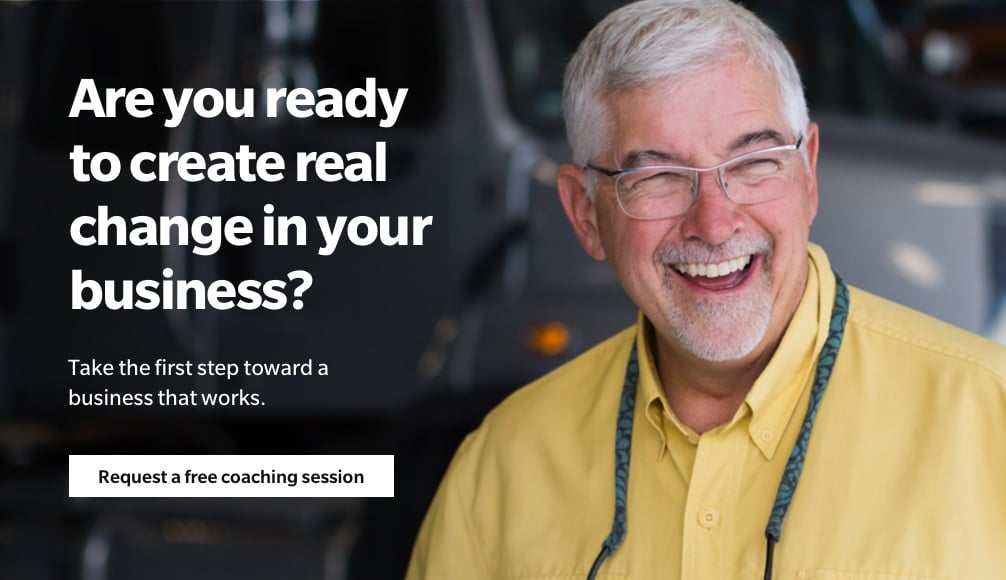If you’re anything like me, you watch your sales numbers closely for trends and as a measure of the health of your company. Recurring inconsistencies or unmet sales objectives can be a perfect opportunity to reassess your approach to sales. You can wait for things to turn around or you can take control by questioning the assumptions you’re making about your prospective customers, how you engage with them, your messaging about your products and services: your sales process. Questioning your sales assumptions will help you find new ways to connect with the people who show interest in buying from you and convert them into customers.
If there’s one assumption companies make that’s worth questioning, it’s this: A sale is something you close. We talk about closing sales in a closing conversation using closing techniques delivered by a closer.
Closing is about getting a prospect over the finish line, overcoming their objections. It comes from a belief that the sale happens at the end of the process, just before your prospect tells you whether they’re going to buy or not. And that you or your salespeople can make the difference by using effective closing techniques. Sales trainings are full of closing strategies.
What if this idea that a skilled salesperson is a good closer isn’t accurate? What if there’s a much more effective approach to eliciting a “yes” from a prospect? What if the best way to maximize your sales conversions—the percentage of prospects you meet with who buy—is by opening rather than closing? What if the sale really happens at the beginning of the process?
I’ve spent 40 years first learning and then refining EMyth’s Sales Process. I never took a conventional sales training course, which turned out to be a blessing: I discovered what worked by engaging with prospective clients. What I found—what has made it possible for EMyth to create what I would humbly call consistently exceptional sales conversions—is that closing made me feel manipulative. It left me feeling disconnected from the very person I was trying to help. And it was stressful. Not fun. I knew there had to be a better way.
When you can look at sales as an opening process, it changes everything. You create a unique opportunity to facilitate a prospect in opening up with you, relative to your product or service, about what they:
- Don’t know
- Don’t know how to do
- Don’t have
- Truly care about or value
When you can make it safe for a prospective customer to be vulnerable about what’s true for them, without feeling shamed or judged, they feel good. Every prospect—every person, really—wants room to connect more deeply with what they’re thinking and feeling, and wants to feel heard and seen, even by someone who’s with them to make a sale.
When something is difficult for prospects to reveal or they’re accustomed to feeling that no one is really interested in what matters to them, they naturally hide. But people want to be found. They want to be asked questions that take them beneath the surface of their normally shared experience.
By asking the kind of questions that invite prospective customers to open up within the first several minutes of a sales conversation, you create connection. You help them connect with themselves, which automatically and authentically helps them connect with you. Then, if you’re offering a great product or service—one they really need—your prospects are naturally predisposed to listen and to buy.
Closing is a dinosaur that will eventually become extinct. Opening is a way you can maximize the sales from your existing prospects and get ahead of any external forces that might be wreaking havoc on your sales projections.
Is your sales process closing-oriented or opening-oriented? I’d love to hear your experience in the comments box below.



Comments